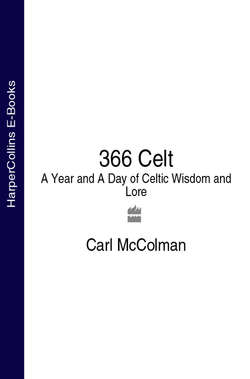Читать книгу 366 Celt: A Year and A Day of Celtic Wisdom and Lore - Carl McColman - Страница 25
18 THE PATH OF THE DRUID
ОглавлениеBeginning in the sixteenth and seventeenth centuries, antiquarians and amateur archaeologists began to explore theories about the prehistoric stone circles and other ancient monuments in the British Isles. Their pet theory? That such sites were originally the temples of the druids. Today we can easily dismiss the inaccuracies of such speculation—we know that Celtic culture only arrived in the British Isles around 500 BCE, centuries after sites like Stonehenge and Newgrange were constructed. But within the framework of the world-view of three centuries ago, such ideas were electrifying. Western society was moving out of the middle ages and into the modern world; nations were being formed and the soul of the modern, secular, scientific age was being born. In this epochal age, people sought their roots, and a vision of druids constructing or using the megalithic sites seemed as good an entry as any into the dreams of the past.
Are earlier notions of who the druids were mere folly and fantasy? Yes, perhaps. But if we learn one thing from the errors of the past, let it be this: we have no more of a lock on the “truth” about the druids today than the antiquarians of the seventeenth century had in their time. Perhaps our image of the shamanistic nature-loving priests will someday be just as quaint as the druids-as-stone-age-engineers.
